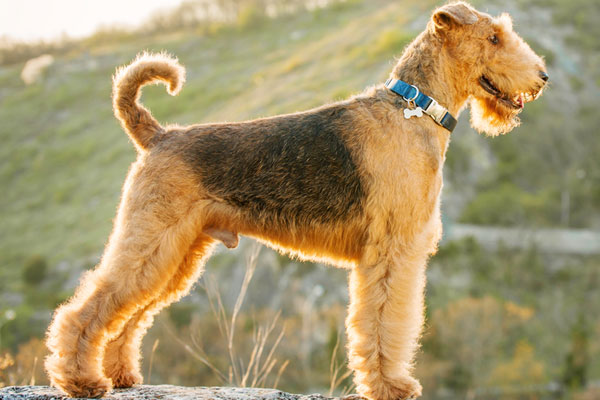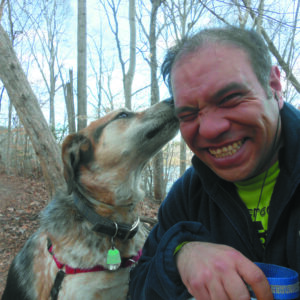Ranging in size from 7-pound toy breeds such as the ever-popular Yorkshire Terrier to hardy, 60-pound working dogs such as the Airedale Terrier, it can be confusing, even confounding, to talk about the terrier as a singular concept. For purposes of the competitive show ring, the world’s major kennel clubs have structured Terrier Groups, which encompass breeds that aren’t terriers at all, including the Miniature Schnauzer. Then, there are breeds like the Boston Terrier or Tibetan Terrier, which bear the name but share almost no other characteristics with any other terrier.
What makes a terrier a terrier? Is there a definable terrier character or temperament? Can the casual dog person untangle the threads that bind the various types of terrier dogs? It’s certainly possible, especially when we take a closer look at the different meanings of the terminology involved. We’re going to tease out the history of terrier dogs, examine what kennel clubs mean when they use the word “terrier,” and look at how the terrier type has grown and developed over time.
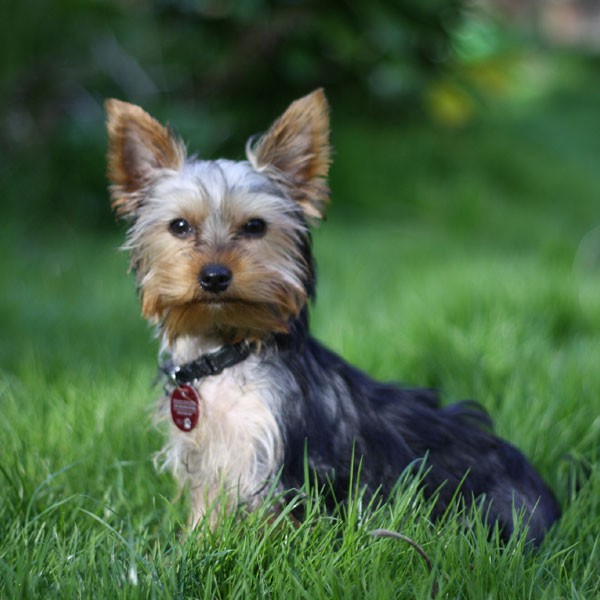
Terrier dogs 101: What is a “landrace”?
We tend to think of the typical dog breed as a set of clearly defined and easily distinguishable physical and temperamental characteristics. If someone mentions, for instance, the Yorkie, Westie, or Jack Russell Terriers, a picture pops immediately to mind; these mental images are the result of micromanaged breeding programs that have been codified over the last two centuries. But dogs of the terrier type existed before human intervention.
The first idea we need to wrap our heads around, then, is that, historically speaking, terriers fall under the rubric of a landrace. In evolutionary terms — whether we’re talking about plants or animals — a landrace is an organism that developed as it did because of geographical isolation. Weather, landscape, available nutrients, and predators in a certain area affect the way a species develops.
The vast majority of terrier dogs that exist today are a landrace associated with the British Isles. Select a name at random from the current list of distinct terrier breeds and look into the breed’s history. You’ll find that, while there are Australian, German, and even Czech breeds, an overwhelming number trace their origins to England (like the Bedlington), followed by Scotland (Cairn), Ireland (Glen of Imaal), and Wales (Sealyham).
Terrier dog facts: What is a “type”?
What was it about the British Isles that yielded the terrier landrace? What distinguished the earliest, most general idea of a terrier type? Prior to breeding programs and breed standards, the terrier type dog was defined by a general form, coat style, and working function. The original terrier type included mostly small working dogs. The word “terrier” itself tells us much about the type.
“Terrier” derives from both the general size of these dogs and the purposes they served in preindustrial England, Scotland, Ireland, and Wales. “Terrier” comes from the Latin term “terra,” which means “earth.” In this context, terriers are dogs who chase, pursue, or hunt pests that live on, close to, or just beneath the surface. For the agricultural economies of premodern Britain, small, feisty dogs were employed to keep rodents away from crops, both while they were growing and after harvest.
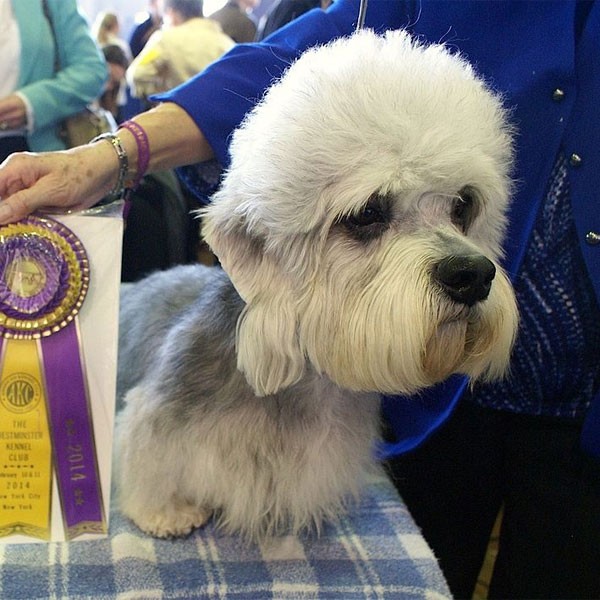
For those who kept and grew livestock, other terrier type dogs proved handy farm dogs, both in ferreting out the predators of sheep and other docile farm animals, and in performing herding activities. As a type of dog, these early terriers were small, but hardy. They had rough, wiry coats, allowing them to work in a variety of harsh weather conditions and across a range of geographies, from coastal areas to mountainous regions. They were alert, high-energy, and prey-driven dogs as well, characteristics which linger to this day in modern terrier breeds.
Terrier breed types and standards
The wide array of terriers we have today are the result of changing economic and social conditions from the late-18th century onward. As small family farms and communal agriculture gave way to the large, enclosed estates that we see in the novels of Jane Austen or in television programs like Downton Abbey, terrier dogs changed alongside the landscape in both form and function. Different types of terrier dogs were developed through human intervention as they grew out of being simple working dogs to domestic pets and competitive show dogs.
This is why the terrier type went from a generalized term, describing dogs of a certain size and working in certain tasks, to specific breeds associated with particular regions. Originally, this yielded distinctions between dog breeds like the Border Terrier, developed in the geographical areas comprising the border lands between England and Scotland, and the Lakeland Terrier, from the northwestern Lake District.
By the middle of the 19th century, when dog fancy organizations were being founded and conformation dog shows were becoming popular, terrier breeds were highly individualized, named for particular estates, foundational breeders, and even coat styles and colors. From the Dandie Dinmont Terrier, named for a character in a Walter Scott novel, to the Soft-Coated Wheaten Terrier, dog breeders and fanciers developed dogs to conform to rigid physical traits.
Kennel clubs, conformation shows, and modern terrier groups
This brings us up to the modern, contemporary range of terrier varieties that exist today, including at least 30 specific breeds, many of which even have distinct subtypes. In conformation dog shows, dogs are judged, not against other dogs, but by how well they conform to the written descriptions in each breed’s standard. A breed standard is a document that defines, for instance, the ideal Kerry Blue Terrier as a type.
The breed type consists of physical characteristics, from dimensions of height and weight to the appropriate length and coloration of a dog’s coat. These breed types even distinguish these characteristics by male and female. Whether the dog show is administered by the American Kennel Club or any of the other major world kennel clubs, there wouldn’t be enough dogs of a certain terrier breed to compete against each other, which necessitated defining the concept of Terrier Groups.
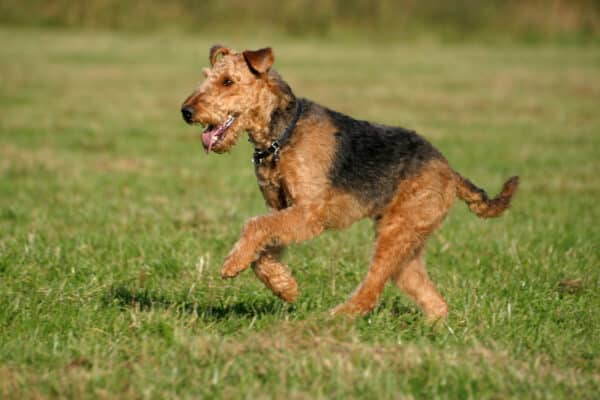
Since particular breeds are judged not against each other but against the ideals set forth in a written document, dogs in the Terrier Group can be extremely diverse. As of 2015, the AKC includes 30 different terrier breeds. For competitive purposes, the AKC’s Terrier Group includes dogs who are both historically linked to the original landrace dogs, such as the Czech-developed Cesky Terrier, as well as dogs who share almost no history with them, like the Miniature Schnauzer.
What types of terrier dogs are your favorites?
In spite of well-defined and highly specified standards for each of the individual terrier dog breeds, kennel clubs still attribute generalized, overarching characteristics across all the breeds in their Terrier Groups. The American Kennel Club describes terriers as “feisty, energetic dogs” who “typically have little tolerance for other animals” and which require dedicated owners who can meet their needs for exercise and attention.

